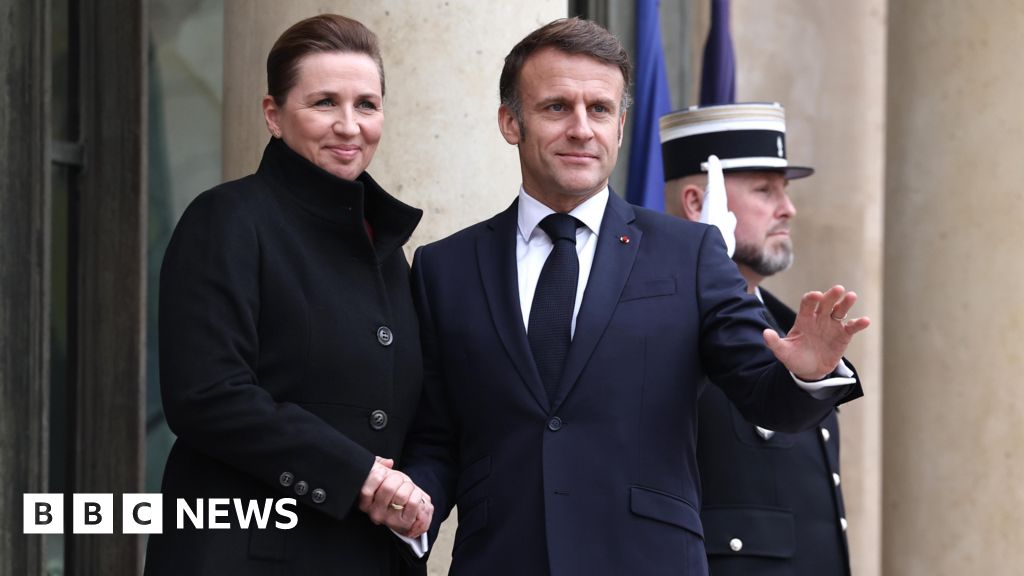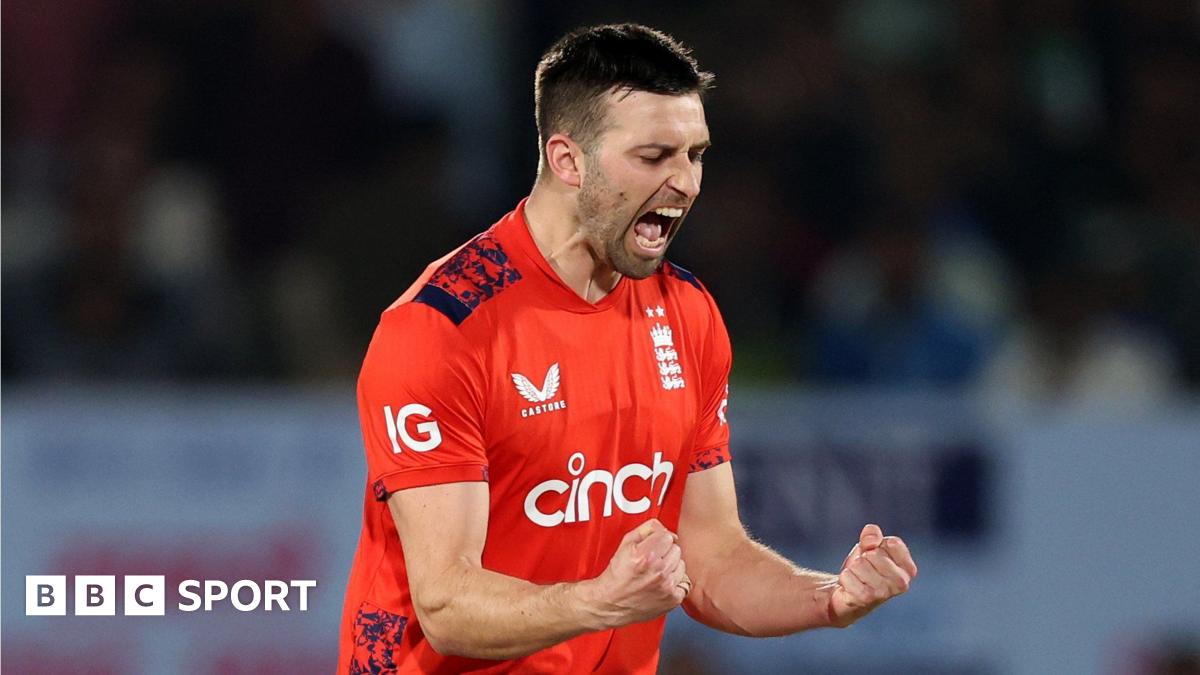Scholars sometimes regard the U.S. War with Mexico as a dress rehearsal for the U.S. Civil War, noting that many officers—including Robert E. Lee, Ulysses S. Grant, P. G. T. Beauregard, George B. McClellan, James Longstreet, Joseph Hooker, George H. Thomas, and Braxton Bragg—gained important experience during the conflict.
Timothy D. Johnson argues that scholars can and should say a great deal more about what the experiences of West Point-trained officers in Mexico meant to them—and how these experiences influenced their actions during the U.S. Civil War. Johnson, the Elizabeth Gentry Brown Professor of History at Lipscomb University, has assembled a cast of twelve contributors who each study a Civil War general who also served as an officer in Mexico.
The war with Mexico, Johnson asserts, was a defining moment in the development of the military careers of U.S. Grant, Robert E. Lee, and many of their fellow officers. All the contributors suggest that “there are worthy comparisons to be made between the two conflicts and that, in some cases, the Mexican-American War should be viewed as a form of apprenticeship for Civil War commanders” (6). Each essayist provides an interpretation of how the U.S. War with Mexico influenced the officer they examine. “There is an underlying hope,” Johnson writes, “that the reader will sense that the Mexican War is the central focus rather than a prerequisite to the main event” (10).
As the title suggests, the volume examines twelve generals (six U.S. and six rebel). Timothy B. Smith opens with an essay about U.S. Grant. Despite Grant’s later assertion that the conflict was “a wicked war,” Grant nonetheless learned much from the conflict. Grant carefully observed both Winfield Scott as well as Zachary Taylor, “the man who he obviously patterned much of his later command persona on” (16). The personal connections Grant made in Mexico helped to determine his actions during the U.S. Civil War. Case in point: Grant held General Gideon Pillow in contempt, which dictated how he conducted operations at Fort Donelson in 1862. As Grant told General Simon Bolivar Buckner after Donelson’s surrender, if Buckner “had been in command I should have not tried it the way I did” (24). Grant, Smith contends, “left enough evidence, both in word and in future actions, to verify that he learned a lot from his experiences during the Mexican War, and we would do well to examine his Civil War exploits partially, at least in theory, through the lens of his Mexican tutorial” (25).
Grant’s nemesis Robert E. Lee likewise learned plenty in Mexico. “Old Fuss and Feathers,” Joseph Glatthaar writes, taught Lee the value of audacity in combat. After watching Scott’s struggles with President James K. Polk, Lee also learned the importance of taking orders from political leaders; during the Civil War, Lee made sure to communicate and cooperate effectively with Jefferson Davis. Further, just as Grant structured his campaign against Fort Donelson based on his opinion of Pillow, Lee used his knowledge of McClellan to defeat him during the Peninsula Campaign. “Anyone examining Lee as a field commander,” Glatthaar correctly concludes, “cannot divorce the lessons that he learned from his service in Mexico alongside Scott” (147).
The legendary Civil War campaigns waged by Thomas J. Jackson and George Gordon Meade were no less informed by those officers’ experiences in Mexico. Christian B. Keller argues that Jackson’s time in Mexico solidified personal traits and awakened professional virtues. Indeed, “the parallels between his thoughts and actions of 1847-48 and those of 1861-63 are more than coincidental and point strongly toward the earlier war as a training ground for the later one” (198). Jennifer M. Murray contends that Meade learned “the importance of reconnaissance, advance planning, and logistics; the imperative of leadership; and the consequences of battlefield victory” in Mexico (89). The war also shaped Meade’s deep and abiding aversion to the press and his dislike of political interference.
Some officers did not learn the right lessons in Mexico. Joseph Hooker’s tendency to “play games” (to act in unsavory ways to advance in the ranks), Ethan S. Rafuse argues, is “a bit more understandable if one considers what he had seen as an officer during the war with Mexico” (51). Hooker served on Pillow’s staff. Unlike Grant and other officers who heartily despised Pillow, Hooker seems to have learned the wrong lesson from Pillow’s constant intriguing with Polk to undercut Scott. In other words, Hooker took Pillow as a model to be emulated rather than as a man whose actions many of his fellow officers deplored. In an army where officers played games, Hooker stood out because “few generals would ‘play games’ with more vim and vigor than ‘Fighting Joe’ Hooker” (64). Thomas W. Cutrer notes that George B. McClellan found distinction and promotion in Mexico, as well as “bitter frustration with superiors who did not measure up to his standard of excellence” (77). McClellan professed great admiration for Scott and sought to replicate Scott’s tactics during his Peninsula Campaign. However, as the results showed, McClellan learned lessons from Scott imperfectly, and he “lacked Scott’s moral courage and the ability to carry on in the face of adversity” (85).
In stark contrast to his actions during the U.S. Civil War, Joseph E. Johnston in Mexico “was positively eager, even frantic, to come to grips with his enemy, to throw caution to the winds and take the lead in bold attacks against difficult obstacles and daunting odds” (202-203). Craig L. Symonds further argues that Mexico reinforced Johnston’s latent tendency to quarrel with authority. Johnston spent nearly ten years trying to get the War Department to recognize that his two brevet promotions in Mexico made him a colonel, not a lieutenant colonel. “A more pragmatic officer” Symonds comments, “would have accepted the department’s ruling and moved on. Johnston could not do that” (212).
Alexander Mendoza’s essay tackles James Longstreet. Old Pete, Mendoza contends, did not learn much from West Point; when he faced General Ambrose Burnside in Tennessee in 1863, he “probably relied on some of the lessons learned in the war with Mexico” (228). At Knoxville, Longstreet relied “on another element of his service in Mexico, wrongly believing that men, if properly motivated, could overcome great obstacles” (231). However, the two wars were not the same. Longstreet lost hundreds of men in his failed attack on Fort Sanders, where Burnside suffered barely a dozen casualties.
Some officers emerged from Mexico looking as though they were about to embark on promising careers. Don Carlos Buell’s performance at the Battle of Churubusco, Stephen D. Engle notes, caused Buell to “became universally known among the junior officers of the regiment as ‘the bravest of the brave’” (40). Buell left Mexico with “reinforced notions of fortifications, discipline in the ranks, unit cohesion under fire, utilizing environmental and terrain advantages, importance of reconnaissance, and other practical lessons of maneuvering for battlefield success” (41). Indeed, Engle asserts, the U.S. War with Mexico was a military laboratory for Buell. Although many of his contemporaries believed that Buell was destined for greatness, he did not live up to this promise during the U.S. Civil War.
Similarly, as Cecily N. Zander notes, Braxton Bragg emerged from the U.S. War with Mexico as a household name, largely thanks to Taylor’s alleged comment, “a little more grape, Mr. Bragg” (168) at the Battle of Buena Vista. Many people thought Bragg would be a force to be reckoned with at the beginning of the U.S. Civil War. Such was not the case. Zander notes that Bragg’s capable performance as an artillerist in Mexico helped to elevate the reputation of the artillery. Ultimately, though, Bragg “missed the most important lesson his service in Mexico offered: that flexibility was essential to battlefield success” (178). Inflexibility and rigidity, as many know, marked Bragg’s tenure in command of rebel forces.
Other officers who ended the U.S. War with Mexico full of promise ultimately realized that promise either in part or in whole. Two examples are instructive. According to Sean Michael Chick, P. G. T. Beauregard emerged from Mexico with an enhanced reputation. Beauregard wrote a “colorful but peevish account of the conflict” in 1852, in which he demonstrated some bitterness that his superiors had not given him more credit for his service (151). Mexico, Chick remarks, confirmed many of Beauregard’s ideas on war. While Buell and Bragg did not live up to their reputations, Beauregard used what he learned in Mexico “with conflicting results” (159). Beauregard ultimately proved to be a capable commander, although not a great one. For George Henry Thomas, the war with Mexico “provided additional learning opportunities on campaign for future application” (108). Like Bragg, Thomas was also an artillerist who won laurels for his performance in Taylor’s campaign in northern Mexico. Thomas’s “education in the streets and fields of Mexico,” Brian Steel Wills contends, “advanced his skills and practical knowledge as well as nurtured a calm and cool persona under fire” (126). Thomas fully lived up to the promise that he showed in Mexico by winning such titles as the “Rock of Chickamauga” and the “Hammer of Nashville” during the U.S. Civil War.
The Mexican-American War Experiences of Twelve Civil War Generals, Johnson explains, “should impress on future biographers the need to be more attentive to the formative years that their subjects spent as young officers in Mexico” (12). One hopes that other scholars will continue the work of exploring what the U.S. War with Mexico meant for the soldiers who fought in it and how they applied, if it all, its lessons to the U.S. Civil War. Readers will appreciate the chance to learn more about the early lives and careers of men whose service during the U.S. Civil War usually receives far more attention. Anyone interested in the military history of the nineteenth century Americas should read this book.
Evan C. Rothera teaches history at the University of Arkansas—Fort Smith.
The post The Mexican-American War Experiences of Twelve Civil War Generals (2024) appeared first on Civil War Monitor.
.png)









 English (US) ·
English (US) ·